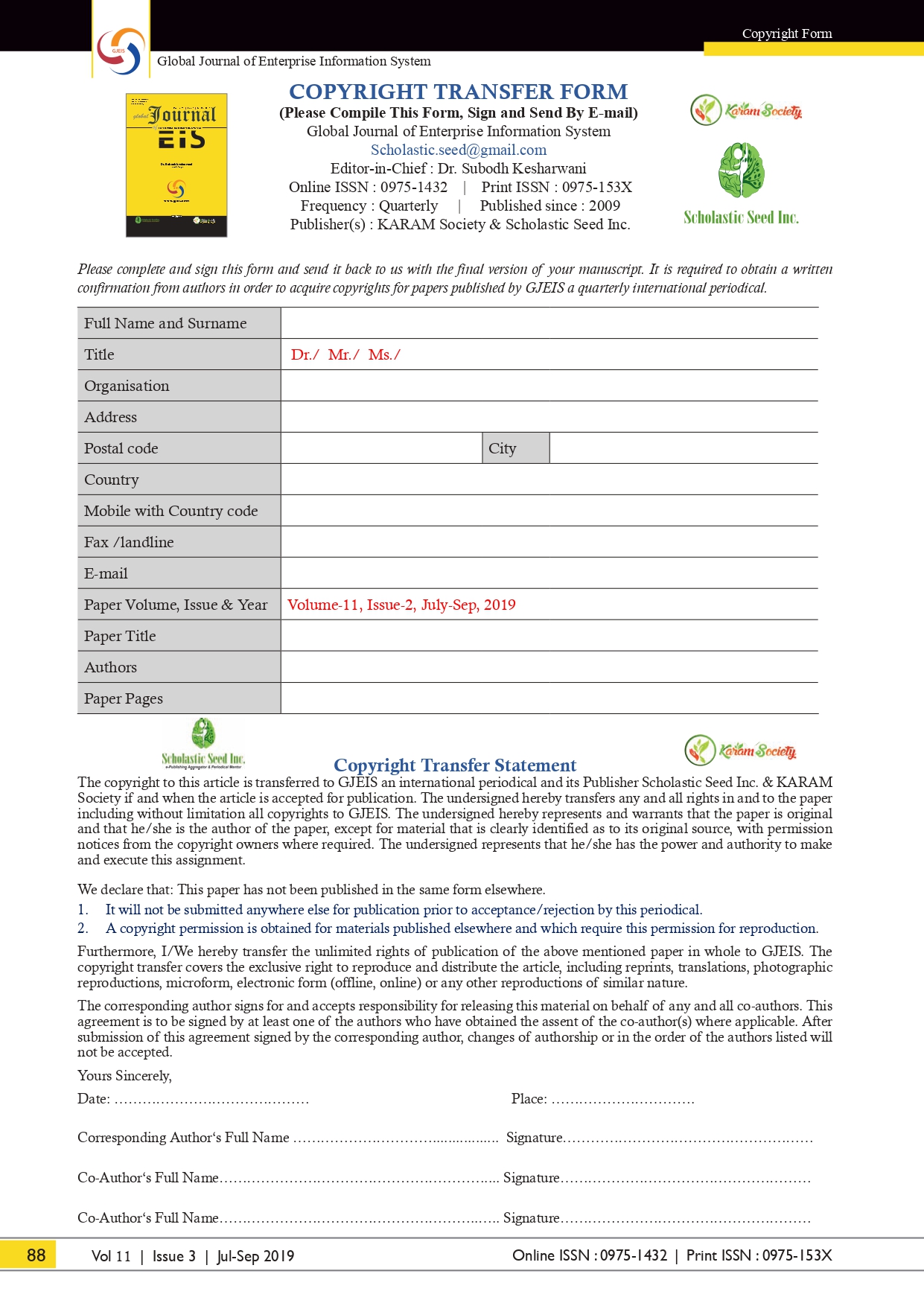Impact of Liberalization and Globalization on Trade Unions in India
Abstract
Prior to 1991 economic reforms in India, the trade unions in the Indian industry exhibited a domineering stance. There were
frequent labour strikes, often triggered, supported and sustained by political factors.
Post-reforms, the pressures of liberalization, privatization and globalization forced the central and state governments to support
the capitalist class which adopted various cost-reduction and profit-maximization measures. The adoption of these measures led
to fragmentation of labour movement and increased the helplessness of the unions. Even the trade unions in the public sector
experienced worsening of their position. However, the absence of strong unions has been creating problems for the capitalist as
well as for the workers. Hence it has become important to revive the status of trade unions. However, the trade union initiatives
for revival should be in consonance with the new market driven business environment and should focus on making positive
contribution in business growth rather than playing an antagonistic role. On employee front, trade unions have to ensure education,
skill enhancement, and professionalization of employees to prepare them for meeting the challenges posed by the LPG model.
Copyright (c) 2020 Global Journal of Enterprise Information System

This work is licensed under a Creative Commons Attribution-NonCommercial-NoDerivatives 4.0 International License.








